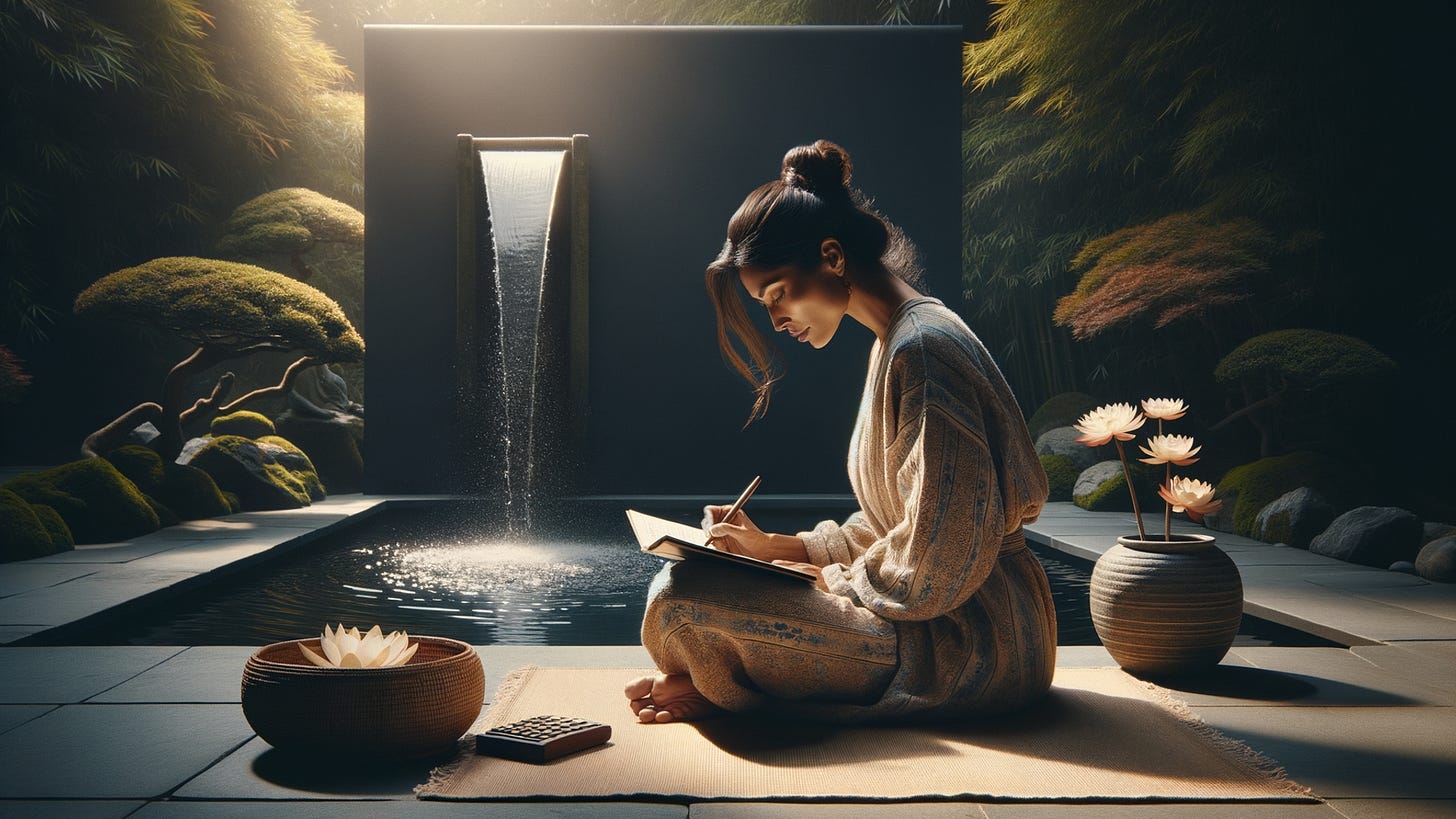Quick Start Guide to Meditation for Holistic Recovery
Introduction: Meditation is a powerful tool for recovery. It helps calm the mind, improve focus, and connect you with your inner peace. Whether you’re new to meditation or looking to deepen your practice, this guide provides simple, effective techniques to help you incorporate meditation into your daily routine and support your holistic recovery journey.
Part 1: Benefits of Meditation in Recovery
Reduces Stress:
Meditation lowers cortisol levels, helping you manage stress and anxiety.
Improves Emotional Balance:
Regular practice helps regulate emotions, reduce reactivity, and increase feelings of positivity.
Enhances Focus and Clarity:
Meditation strengthens your ability to concentrate and make mindful decisions.
Fosters Self-Awareness:
It helps you understand your thoughts and emotions, fostering personal growth and healing.
Supports Physical Healing:
Meditation can improve sleep, reduce blood pressure, and promote overall physical well-being.
Part 2: How to Get Started
1. Choose a Comfortable Space:
Find a quiet, clutter-free area where you won’t be disturbed.
Sit on a cushion, chair, or floor with a straight back and relaxed posture.
2. Set a Timer:
Start with 5-10 minutes and gradually increase the duration as you feel more comfortable.
3. Use a Focal Point:
Focus on your breath, a mantra, or a soothing sound. This helps anchor your mind.
4. Practice Consistency:
Meditate at the same time each day, whether it’s in the morning, during a lunch break, or before bed.
Part 3: Simple Meditation Techniques
1. Breath Awareness Meditation:
Steps:
Sit comfortably and close your eyes.
Inhale deeply through your nose, counting to four.
Hold your breath for a count of four.
Exhale slowly through your mouth, counting to six.
Repeat for 5-10 minutes, focusing on the sensation of your breath.
2. Body Scan Meditation:
Steps:
Lie down or sit in a relaxed position.
Close your eyes and take a deep breath.
Bring your attention to your toes, noticing any sensations or tension.
Gradually move your focus up your body, scanning each area (feet, legs, torso, arms, neck, head).
Release tension as you go, breathing deeply into each area.
3. Guided Visualization:
Steps:
Close your eyes and imagine a peaceful setting (a beach, forest, or meadow).
Picture yourself in this space, feeling the warmth of the sun or the sound of waves.
Engage your senses: visualize colors, hear sounds, and feel textures.
Spend 5-10 minutes immersed in this scene.
4. Gratitude Meditation:
Steps:
Sit comfortably and close your eyes.
Think of three things you’re grateful for.
Visualize each one and feel the gratitude fill your heart.
Stay with these feelings for several minutes, breathing deeply.
Part 4: Overcoming Common Challenges
1. “My mind won’t stop racing.”
It’s normal! Acknowledge your thoughts without judgment and gently return to your focal point.
2. “I don’t have time.”
Start with just 2 minutes a day. Consistency matters more than duration.
3. “I get uncomfortable sitting still.”
Try a walking meditation or lie down during practice.
Part 5: Incorporating Meditation into Daily Life
Morning Ritual:
Start your day with a 5-minute meditation to set a positive tone.
Stress Breaks:
Pause for a few deep breaths during moments of stress or anxiety.
Evening Wind-Down:
Use meditation to relax before bed and improve sleep quality.
Mindful Moments:
Practice mindfulness while eating, walking, or performing daily tasks.
Part 6: Meditation Tracker
Weekly Meditation Log:
Day Technique Used Duration How I Felt After Monday Breath Awareness 10 minutes Calm and focused Tuesday Body Scan 8 minutes Relaxed Wednesday Guided Visualization 10 minutes Energized Thursday Gratitude Meditation 5 minutes Positive and grateful Friday Breath Awareness 7 minutes Centered
Conclusion: Meditation is a lifelong skill that grows stronger with practice. Use this guide to build a meditation habit that supports your holistic recovery. Remember, every session—no matter how short—is a step forward in your healing journey.
Next Steps:
Bookmark this guide and revisit it often.
Explore my TikTok and Substack for meditation tips and tools.
Dive deeper into holistic recovery with my books, The 12-Step Dance to Recovery and Breathe and Release.




